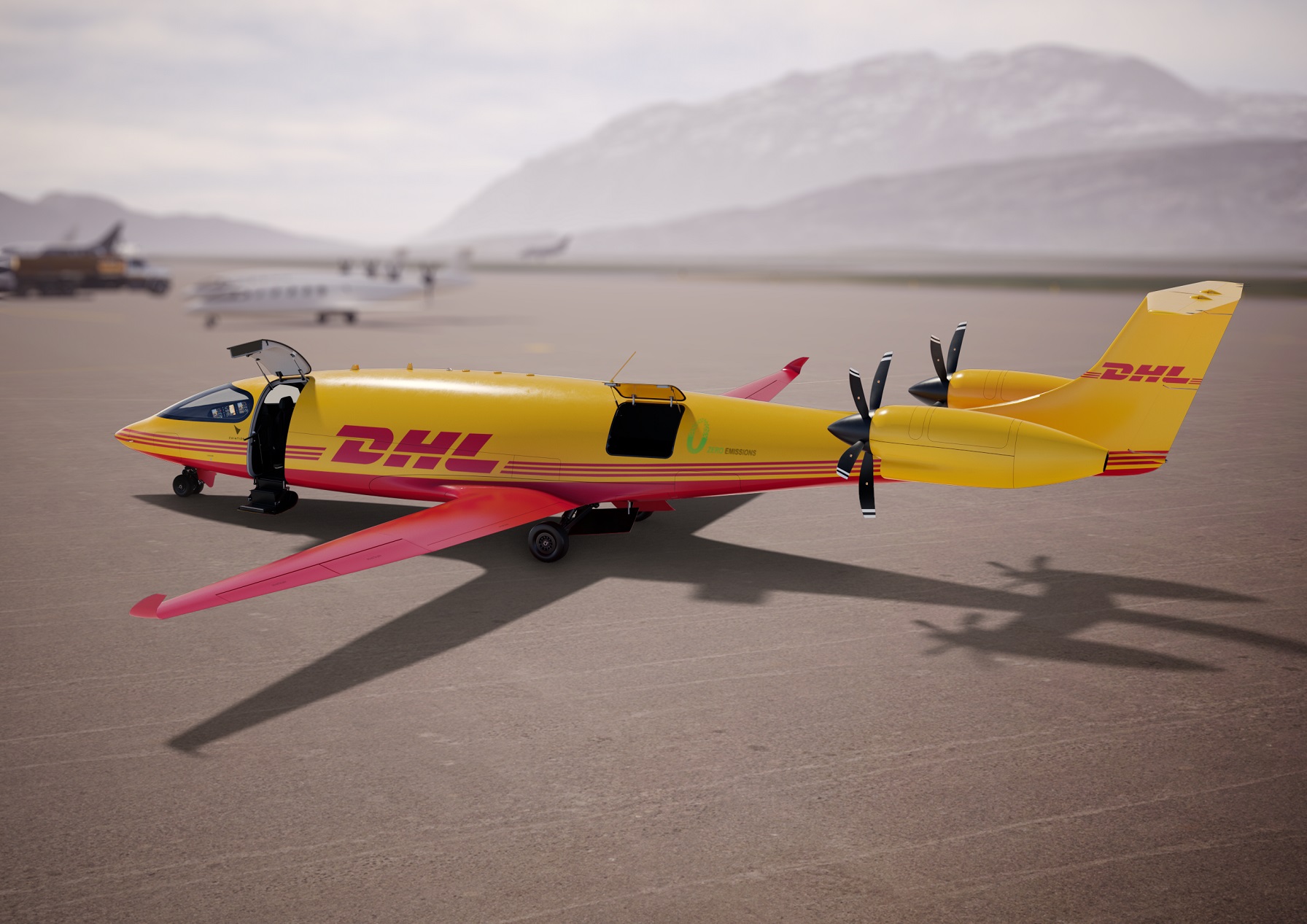The Future of Transportation: Electric Aviation Takes Flight
Electric vehicles (EVs) are already reshaping ground transportation, silently powering cars, buses, and trucks while cutting emissions. But a quieter revolution is taking to the skies: electric aviation. This burgeoning industry holds the promise of environmentally friendly air travel, slashing carbon emissions and noise pollution. Could the next airplane you board be battery-powered? It may be closer to reality than you imagine.
The concept of electric aviation is not new, but recent advancements in battery technology, aerodynamics, and materials science have accelerated its potential. Companies worldwide are working on prototypes that range from urban air taxis to regional commuter planes. They are banking on the compelling benefits that electric planes promise: reduced greenhouse gases, lower operational costs, and increased access to air travel due to simplified airplane designs and the ability to take off and land on shorter runways.
One of the major catalysts propelling electric aviation forward is the collective push to meet global climate targets, such as the Paris Agreement. The aviation industry currently accounts for about 2% of global CO2 emissions, but its impact is growing alongside increasing demand for air travel. Traditional aviation fuel, Jet-A, is a fossil fuel product. When burned, it releases not only CO2 but also nitrogen oxides and particulates which contribute to climate change. In response, the industry is exploring biofuels, more efficient aircraft designs, and electrification.
Among the most promising developments is the rise of hybrid-electric systems, which combine electric propulsion with conventional engines. These hybrids serve as a stepping stone towards fully electric aircraft. They offer immediate reductions in fuel consumption and emissions while technology matures for all-electric platforms. Startups and aerospace giants alike are engaged in a race to develop viable electric engines that can meet the power and safety requirements of commercial flight.
One notable endeavor is that of a small all-electric airplane designed for short-range flights. Ideal for routes under 500 miles, these aircraft could serve as shuttles between regional hubs, transforming the way we think about connecting smaller cities and towns. With quick turnaround times and the ability to utilize smaller airports, electric regional aircraft could democratize air travel, making it accessible and affordable for a broader audience.
The challenges facing electric aviation are substantial. The primary hurdle is the energy density of batteries—the amount of energy that can be stored per unit weight. While ground vehicles can afford to carry the weight of today’s batteries, aircraft are significantly more weight-sensitive. A battery with the energy density sufficient for long-haul flights is not yet commercially available. However, advancements in battery chemistry, such as solid-state technology, could hold the key to overcoming this obstacle.
Another issue is infrastructure. Airports would need to implement charging equipment and possibly redesign terminals to accommodate the unique needs of electric planes. There's also a pertinent question of range. While battery technology is advancing, even the most optimistic projections don't have electric aircraft competing with the range of their kerosene-fueled counterparts anytime soon. Therefore, the focus is initially on shorter, regional routes rather than transcontinental journeys.
However, with the relentless pace of technological innovation, many industry experts predict that we could see the first wave of electric aircraft entering service within the next decade. Regulatory bodies like the Federal Aviation Administration (FAA) and the European Union Aviation Safety Agency (EASA) are already laying the groundwork for certification standards that would ensure these aircraft are as safe as the ones that have whisked us across the skies for the past century.
The excitement around electric aviation is palpable. Industry executives speak of it as an inevitability—a matter of when, not if. Already, we’re seeing test flights and firm orders from airlines ready to commit to an electric future. This enthusiasm is mirrored by investors, who poured billions into electric aviation projects over the past few years.
As we confront the existential threat of climate change, the promise of electric aviation offers a glimmer of hope. It's a vision of a world where the skies are quieter, the air cleaner, and the journey to our destination leaves a lighter footprint on the planet. While obstacles remain, the trajectory is clear: the future of flight will be electric, and the journey to that future has already begun.The electrification of the aviation sector extends beyond simply replacing jet fuel with batteries. It's an opportunity to rethink aircraft design and the entire aviation ecosystem. Electric motors are smaller and lighter than their fossil fuel counterparts and can be distributed across the aircraft for unique aerodynamic configurations and improved efficiency. This flexibility is spurring innovators to reimagine aircraft architecture, leading to potential breakthroughs in how planes are built and how they fly.
One area ripe for innovation is vertical take-off and landing (VTOL) aircraft, which electric propulsion could revolutionize. Electric VTOLs (eVTOLs) are being designed not only for rural to urban connections but also as urban air taxis, providing point-to-point transport within cities. This could alleviate congestion on crowded city roads, providing a new dimension to urban transportation infrastructure.
However, with innovation comes a host of regulatory challenges. Aiming to soar above densely populated areas, eVTOLs could face rigorous safety and noise regulation. Flight control systems for these aircraft must be fail-proof, and the infrastructure for takeoff and landing in urban areas must be integrated seamlessly, considering the existing cityscape and not posing hazards to the communities below.
Furthermore, the question of public acceptance looms large. To achieve widespread adoption, electric aircraft must be conclusively shown to be safe, reliable, and beneficial to communities. The public is key in any aviation advancement and cultivating trust in electric aircraft will take time. Airlines and regulators must work together to build this trust through transparent communication, comprehensive testing, and robust safety records.
Efforts to increase public awareness and acceptance are already underway, with numerous successful public demonstrations of electric aircraft technology. The coming years will almost certainly see a ramp-up in such activities, with pilot programs introducing these aircraft to the public eye on a larger scale.
There's also the economic angle to consider. Electric aircraft have the potential to be cheaper to maintain and operate than traditional airplanes. The cost per flight hour for electric aircraft is projected to be significantly lower, thanks to the reduced complexity of electric motors and the elimination of jet fuel. This could result in more competitive ticket prices, further spurring the growth of air travel and enabling carriers to open new routes.
In addition to transforming passenger travel, electric aviation could revamp cargo transport. Electric cargo airplanes, capable of overnight deliveries and just-in-time shipping, could give e-commerce an additional boost, making same-day delivery more feasible and affordable.
The transition to electric fleets dovetails with broader digital transformation within the aviation industry. Advanced flight management software, AI algorithms for predictive maintenance, and sophisticated demand-forecasting models are converging to usher in a new era of aviation—one that is smarter, cleaner, and more efficient.
The switch to electric aviation will also generate new jobs and skill sets. Engineers with expertise in electrical and software systems will be in high demand, as will those with experience in battery management and advanced materials. There will be a need for infrastructure specialists who can design and implement novel airport layouts and electric charging facilities.
In conclusion, electric aviation is more than an industry change; it's a cultural shift in how we view and undertake air travel. The potential environmental benefits alone make the pursuit worthwhile, but the ripple effects through urban planning, transportation economics, and employment cannot be overstated. While challenges remain, the headway being made points to a vibrant future for electric aircraft.
The flight path has been charted, and the industry is taxiing for takeoff. As electric planes move from design sketches to manufacturing lines and from there to the skies above our heads, it's clear that the electric aviation age is on the horizon. It promises to redefine the twenty-first century and beyond—not just for travel, but for global connectivity at large. With each electric aircraft that lifts off the tarmac, we come closer to that aspirational sky—one that hums with the sound of progress and hope for a sustainable future.







Comments